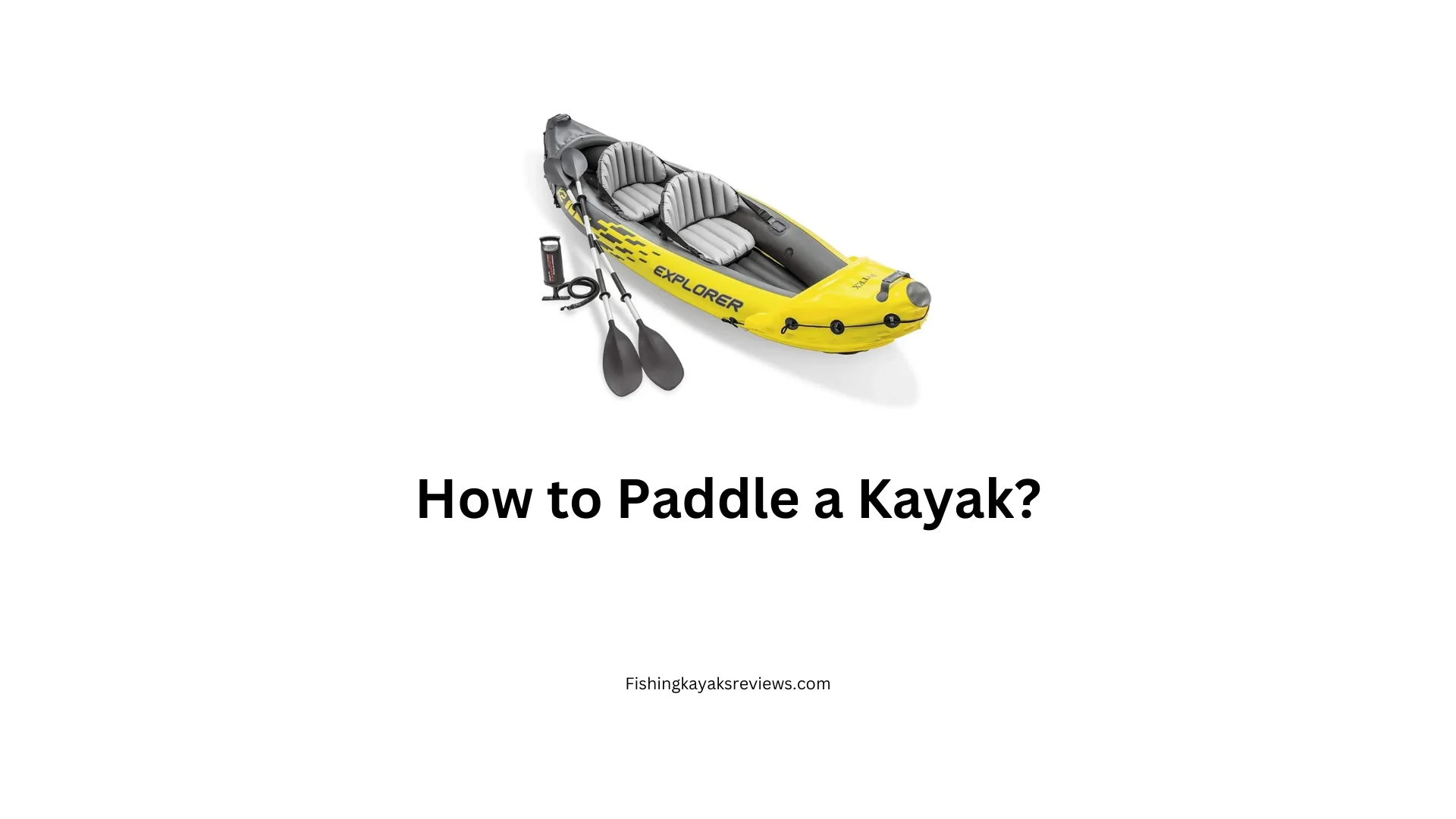How to Paddle a Kayak? A Simple Guide

Paddling a kayak might seem challenging at first, but with the right techniques, you can become proficient in no time. Whether you’re a beginner or just looking to refine your skills, understanding the basics of how to paddle a kayak is essential for a smooth and enjoyable experience on the water.
Understanding Your Kayak
Before you dive into paddling techniques, it’s important to get familiar with your kayak. Kayaks come in various shapes and sizes, each designed for different types of water activities. Understanding the type of kayak you have will help you better navigate and handle it.
Basic Kayaking Strokes
Forward Stroke
The forward stroke is the primary way to move your kayak forward. To execute this stroke, follow these steps:
- Grip the Paddle: Hold the paddle with both hands, ensuring your grip is firm but not too tight.
- Enter the Water: Place the blade of the paddle in the water near your feet.
- Pull and Push: Push the paddle blade forward and pull it towards the back of the kayak. Your upper body should rotate slightly to enhance the stroke’s power.
- Exit the Water: Lift the paddle out of the water as it reaches your hip, and prepare for the next stroke.
Reverse Stroke
The reverse stroke helps you slow down or move your kayak backward. Here’s how to perform it:
- Blade Position: Place the paddle blade in the water near your hips.
- Pull the Paddle: Pull the blade towards the front of the kayak while keeping your body relaxed.
- Smooth Movement: Repeat the movement smoothly to ensure controlled movement.
Sweep Stroke
The sweep stroke helps with turning your kayak. Follow these steps:
- Blade Entry: Place the paddle blade in the water at the front of your kayak.
- Sweep in a Curve: Move the paddle in a sweeping motion from the front to the back, making a wide arc.
- Turning Effect: This motion will help turn your kayak in the direction of the sweep.
Tips for Efficient Paddling
- Maintain a Balanced Position: Keep your body centered and balanced to ensure stability and control.
- Use Your Core: Engage your core muscles to provide power to your strokes rather than relying solely on your arms.
- Practice Regularly: Regular practice will improve your technique and build muscle memory, making paddling feel more natural.
- Adjust Paddle Length: Ensure your paddle length is suitable for your kayak and paddling style. A proper fit will make paddling more comfortable.
Choosing the Right Kayak for Fishing
If you’re interested in kayaking for fishing, selecting the right kayak is crucial. For those who want the best experience, consider checking out our affiliate article on the best pedal fishing kayak.
Pedal kayaks offer hands-free operation and better control, making them an excellent choice for fishing enthusiasts.
Conclusion
Learning how to paddle a kayak effectively involves understanding basic strokes, maintaining proper technique, and regular practice. By mastering these skills, you’ll be able to navigate waters with ease and enjoy your kayaking adventures.






